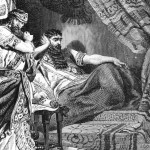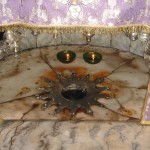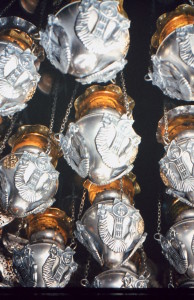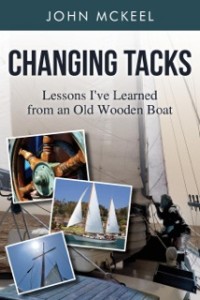
Procrustes was very friendly, but he may have been the worst host of all time. He invited all passersby on their way from Athens to Eleusis to stop and spend the night at his house. He even graciously offered them the use of his famous iron bed. There was only one problem: if the guest was too short, Procrustes would stretch them out until they fit his bed and if they were too long he would simply cut them down to size.
Of course there truly is no such thing as “one size fits all” in clothing or in congregations. Churches are such a diverse lot aren’t they? At my congregation, Canyon View, we have old and young, rich and poor, people with strings of degrees after their name and those without. We speak English, Spanish, Tagalog and Texan. We love spicy food and bland. Our diversity is our strength, but it can also become our greatest vulnerability. I truly fear those who would, like Procrustes, insist we all fit the same mould.
Think about the church in Corinth (chapter 1). Some people loved listening to Paul. He wasn’t a trained orator and often talked too long (ask Eutychus), but the depth of his understanding has never been equaled. On the otherhand, there were those who loved the “Eloquent Alexandrian” Apollos. Others were entranced by the sincerity and first-hand knowledge of Peter. How did they ever get along? It should come as no surprise that the Corinthians struggled in this area. What advice would you give them? I like this oft quoted maxim from Rupertus Meldenius (circa 1627):
“In essentials unity, in non-essentials liberty, in all things charity.”
In truth tempered by love there is unity!




